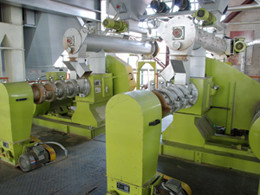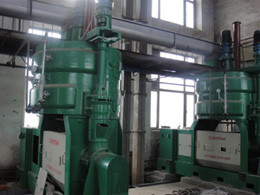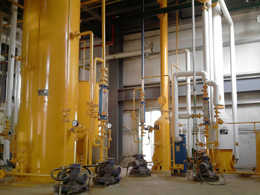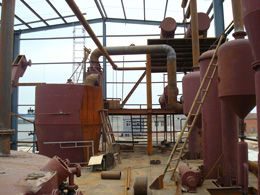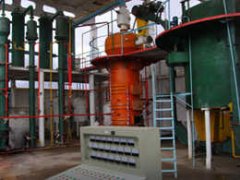Soybean Oil Extraction
Soybean oil is widely used oil and is commonly called ‘pooled oil. Soybean oil is a very healthy food ingredient despite the bad publicity of making people fat.The idea of crushing soybeans to separate them into oil and meat is apparently a relatively recent development in the long history of soybean utilization.
The amounts of soybeans and total vegetable oil crops have been rising for a number of years. World production of soybeans in 2003 was estimated to be 184.49 million MT out of 317.89 million MT total for vegetable oil crops, making soybeans the world’s largest oilseed crop, rivaled only by palm oil.
Soybean Oil Extraction
Processing soybean into oil needs a series of steps, soybean oil extraction is one of the most important steps in the entire soybean oil plant. First the soybeans are cut in flakes which are put in a percolation extractors and immerged with a solvent, normally hexane. Counterflow is used as extraction system because it gives the highest yield. After removing the hexane, the extracted flakes only contain about 1% of soybean oil and is used as livestock meal or to produce food products such as soy protein. The hexane is separated from the soybean oil in evaporators. The evaporated hexane is recovered and returned to the extraction process. The hexane free crude soybean oil is then further purified.
Usually the extraction process consists of "washing" the oil from the soybean flakes with hexane solvent in a countercurrent extractor. Then the solvent is evaporated (i. e., desolventized) from both the solvent/oil mixture (micella) and the solvent-laden, defatted flakes (see Figure 9.11.1-3). The oil is desolventized by exposing the solvent/oil mixture to steam (contact and noncontact). Then the solventis condensed, separated from the steam condensate, and reused. Residual hexane not condensed is removed with mineral oil scrubbers. The desolventized oil, called "crude" soybean oil, is stored for further processing or loadout.
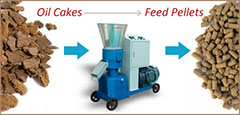
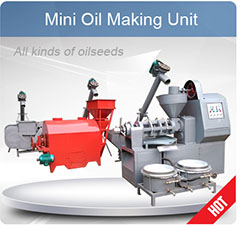
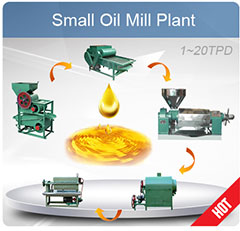
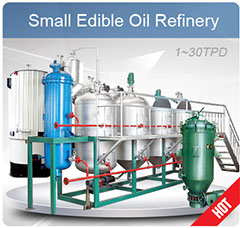
Want to set up a mini mustard oil mill of your own ? With the rapid ...
Mustards are part of the oilseed family and are regarded both as a s...
Interested in begin a small size corn oil extraction plant but dont ...
Do you want to make the edible rice bran oil at from using your mill...

